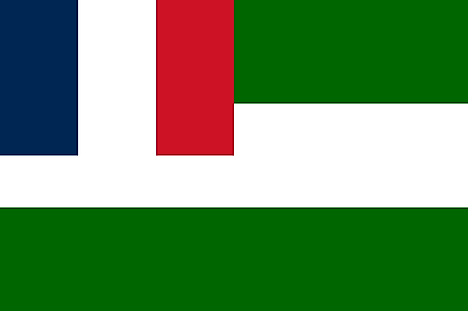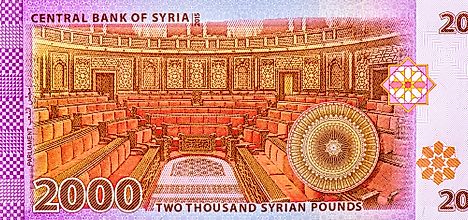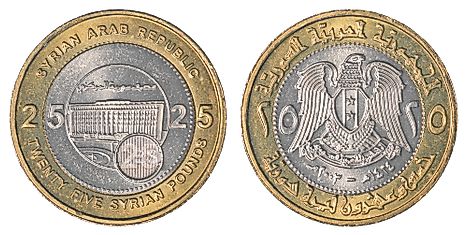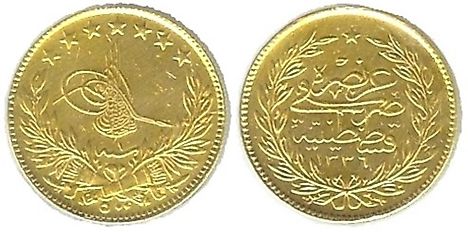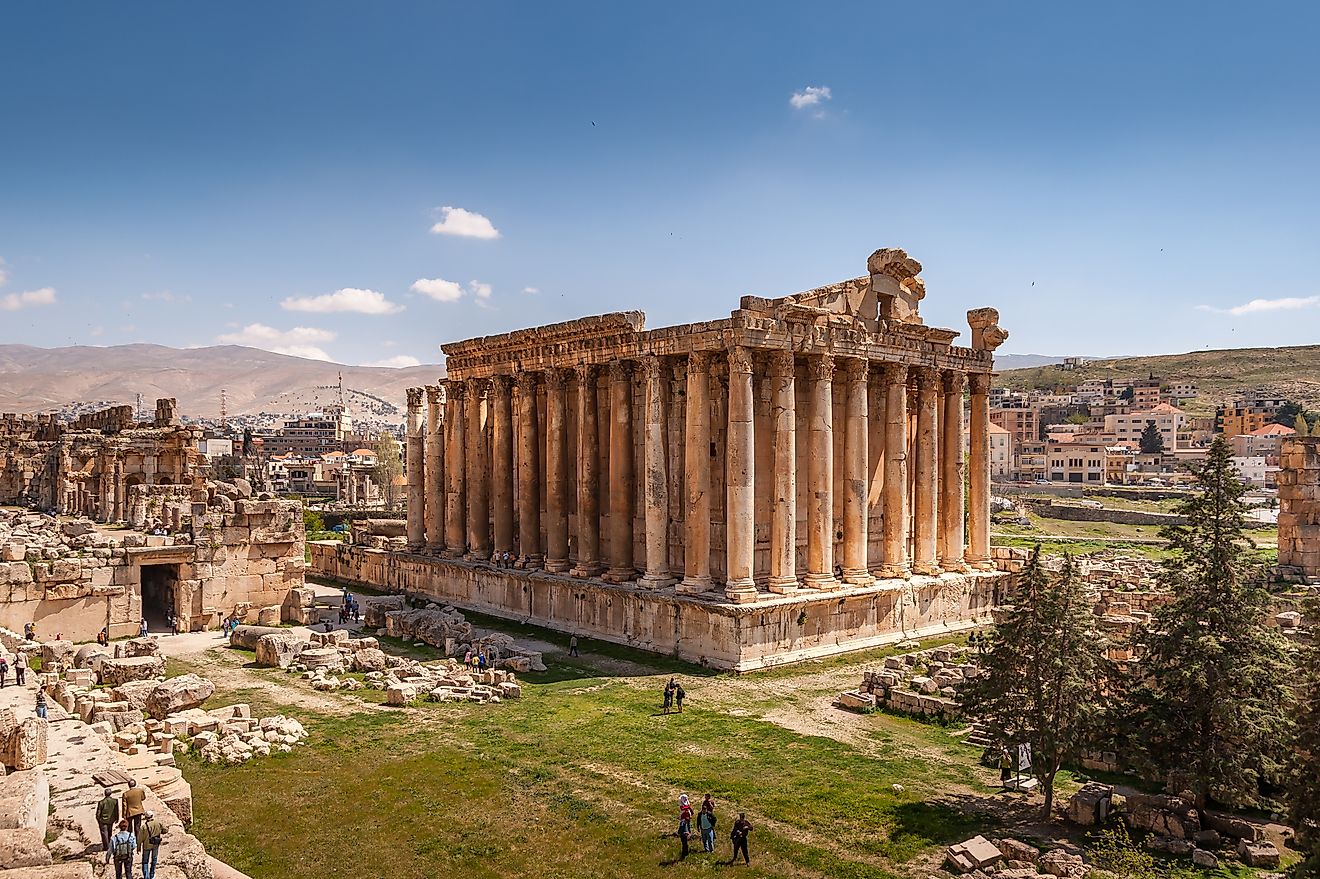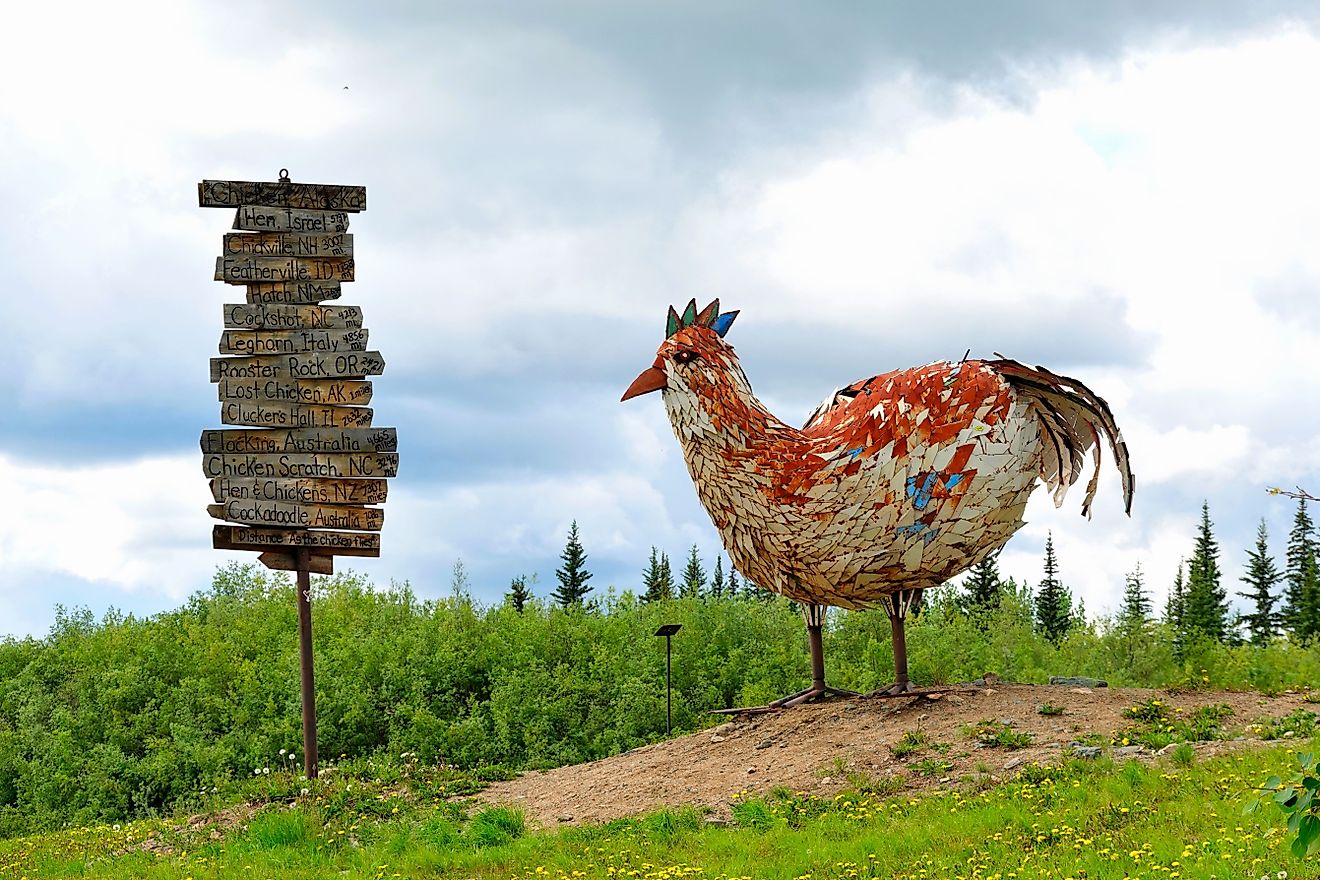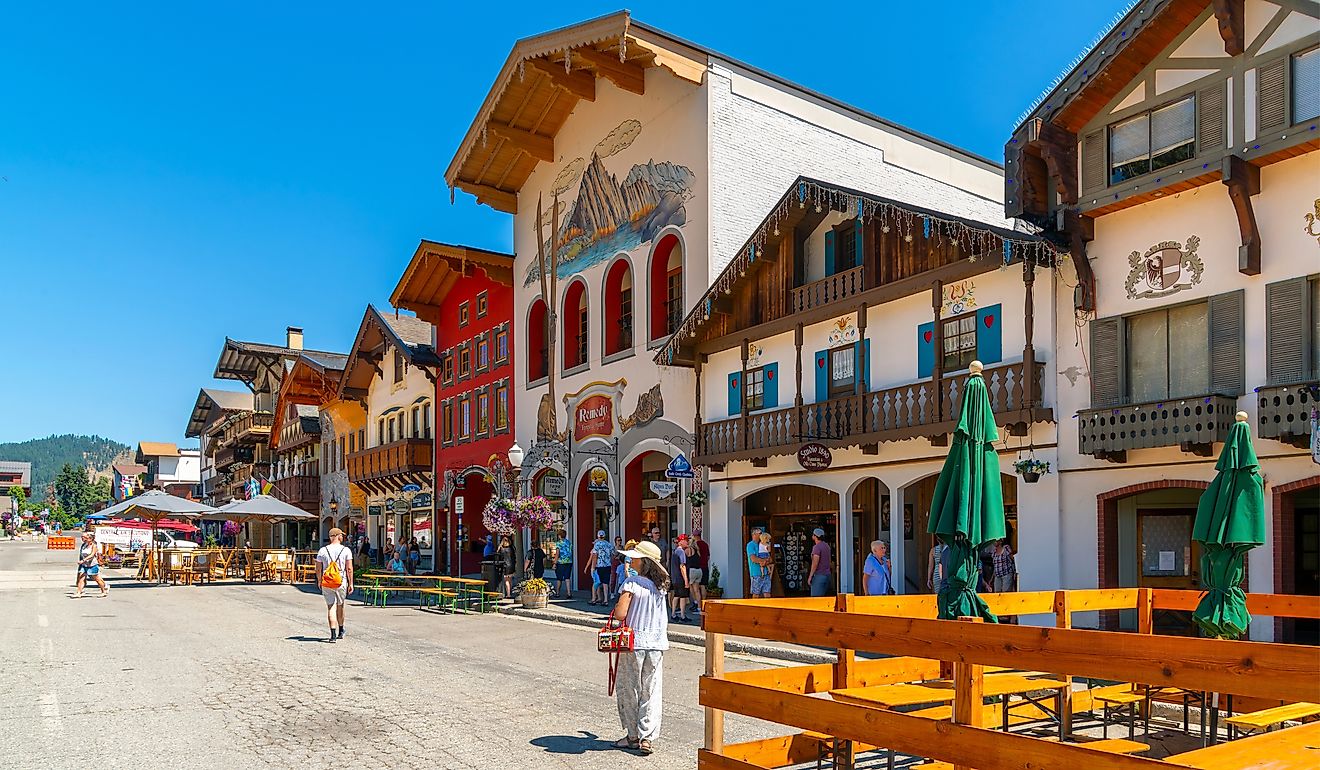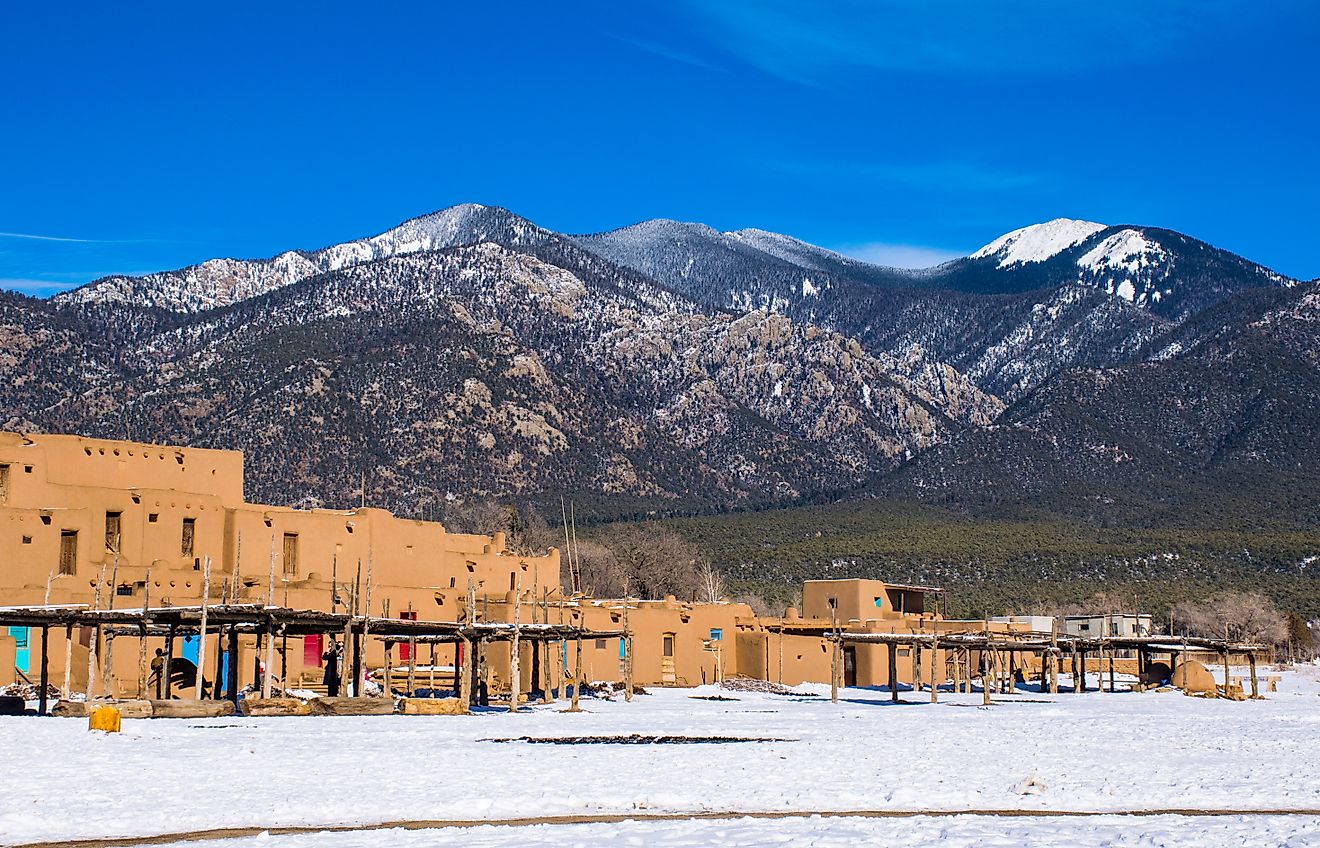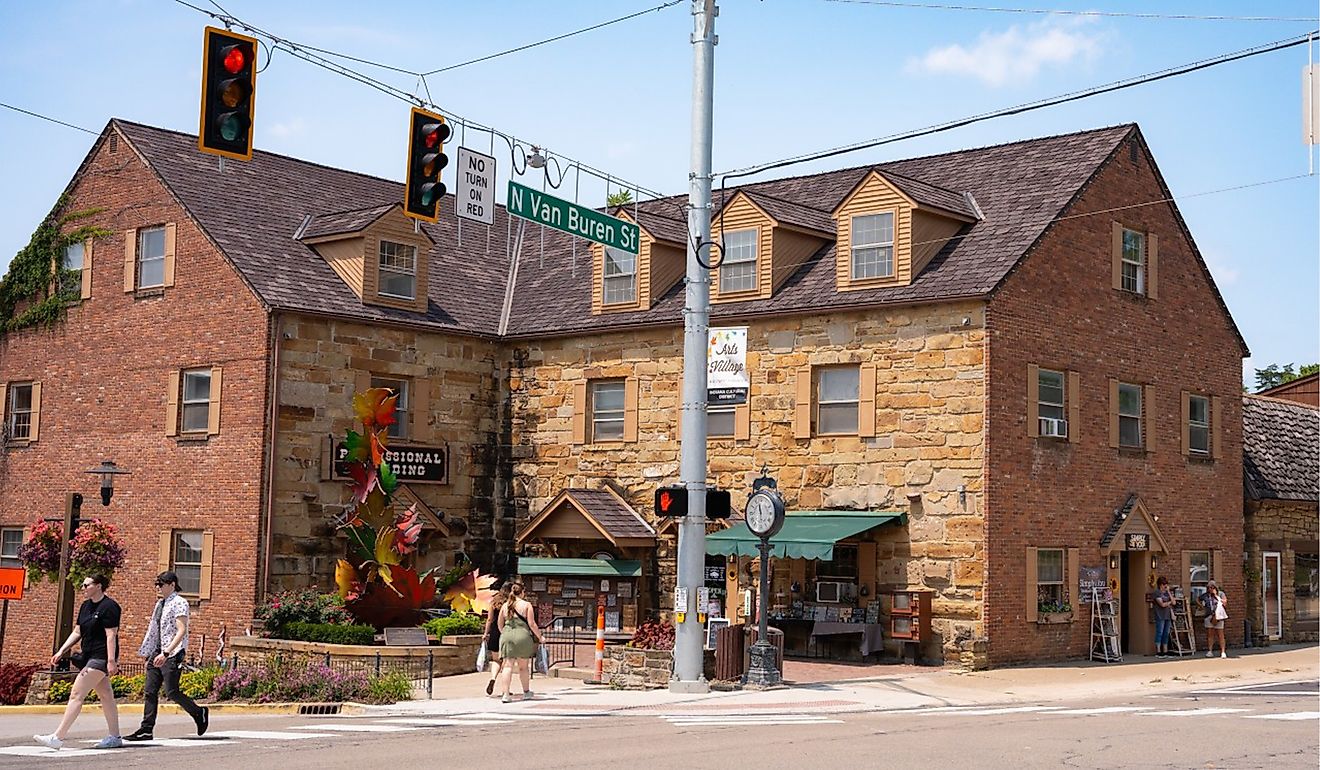Flags, Symbols & Currency of Syrian Arab Republic

The National Flag of the Syrian Arab Republic was officially adopted on March 29, 1980.
The National Flag of the Syrian Arab Republic features three equal horizontal bands of red (top), white, and black. Two small, green, five-pointed stars are placed in a horizontal line and centered in the white band. The flag colors are derived from the Arab Liberation flag and represent oppression (black), overcome through bloody struggle (red), to be replaced by a bright future (white). The flag has a width-to-length ratio of 2:3.
History of the flag of Syria
The King of Hejaz – Husayn ibn Ali, in 1917 used the Arab Revolt Flag to represent all the Arabian lands. This flag consisted of three horizontal bands of black, green, and white and contained a red triangle at the hoist side of the flag. The four colors represented the four major Arabian dynasties. In 1918, this flag was hoisted and independence was declared for “natural Syria” (Lebanon, Jordan, Israel, and modern Syria). Within a few months, Syria was occupied by France, and this flag of the Arab Revolt was abandoned. After gaining complete independence, Syria joined Egypt in 1958 and formed the United Arab Republic. The new flag colors were based on the Egyptian 1952 revolution and the Arab Liberation Flag and the two stars represented the constituent states of Syria and Egypt However, in 1916, Syria left the Union. During this time, due to the internal political conflicts, Syria was represented by two different flags. On March 29, 1980, Syria readopted the United Arab Republic flag as its own National Flag.
Symbols of Syrian Arab Republic
The National Coat of Arms of Syrian Arab Republic
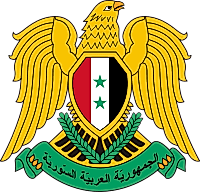
The National Coat of Arms of the Syrian Arab Republic was adopted in 1980. It consists of the Hawk of Quraish bearing a shield that displays the Syrian National Flag. In the hawk's talons is a green scroll reading, "Syrian Arab Republic." ( الجمهورية العربية السورية )
National Anthem
- Anthem Title: "Ḥumāt ad-Diyār" ('Guardians of the Homeland')
- Music Composer: Mohammad Salim Flayfel
- Lyricist: Khalil Mardam Bey
- Date of Adoption: September 28, 1961
"Ḥumāt ad-Diyār" ('Guardians of the Homeland') is the national anthem of Syrian Arab Republic. The music of the anthem have been composed by Mohammad Salim Flayfel. The lyrics of the anthem have been authored by Khalil Mardam Bey. The anthem was officially adopted on September 28, 1961.
حماة الديار, (Arabic)
1.
حـماةَ الـديارِ عليكمْ سـلامْ
أبَتْ أنْ تـذِلَّ النفـوسُ الكرامْ
عـرينُ العروبةِ بيتٌ حَـرام
وعرشُ الشّموسِ حِمَىً لا يُضَامْ
ربوعُ الشّـآمِ بـروجُ العَـلا
تُحاكي السّـماءَ بعـالي السَّـنا
فأرضٌ زهتْ بالشّموسِ الوِضَا
سَـماءٌ لَعَمـرُكَ أو كالسَّـما
2.
رفيـفُ الأماني وخَفـقُ الفؤادْ
عـلى عَـلَمٍ ضَمَّ شَـمْلَ البلادْ
أما فيهِ منْ كُـلِّ عـينٍ سَـوادْ
ومِـن دمِ كـلِّ شَـهيدٍ مِـدادْ؟
نفـوسٌ أبـاةٌ ومـاضٍ مجيـدْ
وروحُ الأضاحي رقيبٌ عَـتيدْ
فمِـنّا الوليـدُ و مِـنّا الرّشـيدْ
فلـمْ لا نَسُـودُ ولِمْ لا نشـيد؟
“Guardians of the Homeland”
1.
Defenders of the realm,
Peace on you;
Our proud spirits will
Not be subdued.
The abode of Arabism,
A hallowed sanctuary;
The seat of the stars,
An inviolable preserve.
2.
Syria’s plains are
Towers in the heights,
Resembling the sky
Above the clouds.
A land resplendant
With brilliant suns,
Becoming another sky,
Or almost a sky.
The Currency of Syrian Arab Republic is the Syrian Pound
The current official currency of the Syrian Arab Republic is the Syrian Pound (SYP, LS, and £S). One Syrian pound is subdivided into 100 qirsh. The currency is issued by the Central Bank of Syria.
Coins
Coins currently circulating in Syria exist in denominations of 1, 2, 5, 10, and 25 pounds.
The first coin introduced in 1921 was the ½ qirsh denomination. These early coins were struck using cupro-nickel, but aluminum bronze 2 and 5 qirsh coins were introduced in 1926. Coins made of nickel brass and aluminum bronze were also introduced in 1935 and 1960, respectively. Nickel replaced silver in 1968. As a result of high inflation, new 1-, 2-, 5-, and 10-pound coins were later added. When Syria gained its independence, it was the only country whose coins were written in Arabic. In 2003-, 5-, 10-, and 25-pound coins were issued with latent images on them.
Banknotes
Currently, the banknotes circulating in the Syrian economy include the 50, 100, 200-, 500-, 1000-, and 2000-pound denominations.
The Central Bank of Syria issued the first banknotes in 1919 in denominations of 5, 25, and 50 qirsha and 1 and 5 livres. The notes were written in French until 1958, after which the language was changed to English. The new notes were printed in 1, 5, 10, 25-, 50-, 100-, and 500-pound denominations. The banknote designs were changed in 1976 and 1977, except for the 500-pound note. Furthermore, a new series was introduced in 1997 and 1998. Lower denominations were replaced by coins, whereas higher denomination notes were redesigned. In 2009, the design was changed once more, and modifications to the 500-pound note were made five years later. A new 1000-pound note was introduced in 2015, and a 2000-pound note began to circulate in July 2017. The Syrian pound is weak compared to the United States dollar due to political instability.
Historical currencies of Syrian Arab Republic
Syria was a part of the Ottoman Empire for approximately 400 years. During this time, the Ottoman lira was used as currency. When the empire fell, Syria came under French rule and therefore introduced the Egyptian pound, which was used as currency in other French territories including Transjordan, Lebanon, and Palestine. In 1919, the French introduced the pound as a new currency. The currency was used by both Lebanon and Syria until 1924 when Lebanon and Syria began to use the Lebanese-Syrian currency. After 15 years, the joint currency was split into two separate currencies, which resulted in the Syrian pound.

